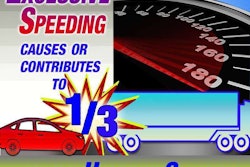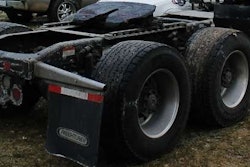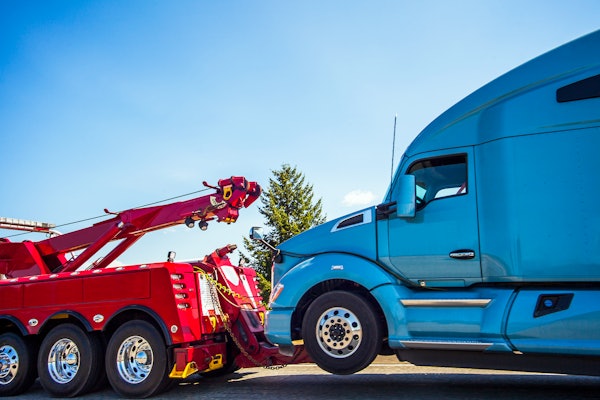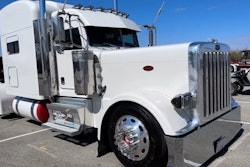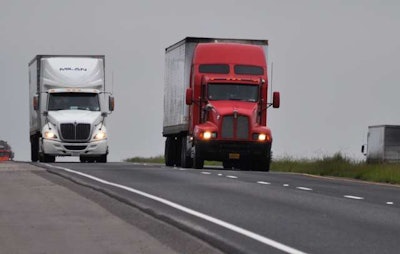 Reader Kurt Kleinschnitz offered this story as his “No. 1 OTR driving tip.”
Reader Kurt Kleinschnitz offered this story as his “No. 1 OTR driving tip.”Perhaps three-quarters of all semi trucks on the highways in January 2014 have speed limiters. Mine is set to 65 mph. But often I come up behind another rig driving at 62 mph when I have several more hours driving in front of me. I’d like to pass.
Most often a highway will slope up and slope down, and passing another rig can take quite a while. In the meantime, the usual flow of traffic will back up behind our two trucks. I think all commercial drivers see this many times every day.
Here’s my best tip. When I see another rig commit to pass me, I’ll tap my brakes to stop cruise control and let my truck coast more slowly. The other driver will pass me surprisingly quickly, and as he or she does, then I’ll hit “resume” on my cruise control and flash my lights to acknowledge it’s safe for the passing truck to shift to the right lane in front of me. I find that usually the draft of the passing truck helps me quickly regain my full speed. And the big plus is that we don’t block traffic. I’ve never seen on my GPS that this tip adds any time to my trip. And the other driver usually appreciates this help. I know I would.
By comparison, and far more common, is when I go to pass, the other driver will simply continue on cruise control and leave it up to me to get past. I’m always uncomfortable traveling side-by-side like that for a few minutes. Occasionally the other driver even will have an opportunity to speed up, and passing turns into a horse race. Once in a while I feel compelled to abandon my attempt to pass and drop back behind again.

I like to think that all of us commercial drivers are on one team, delivering the goods for America. I reduce my stress with this trick. I think this tip can improve the quality of life for the other drivers on the highway, and boost the standing of all truck drivers with the public.

